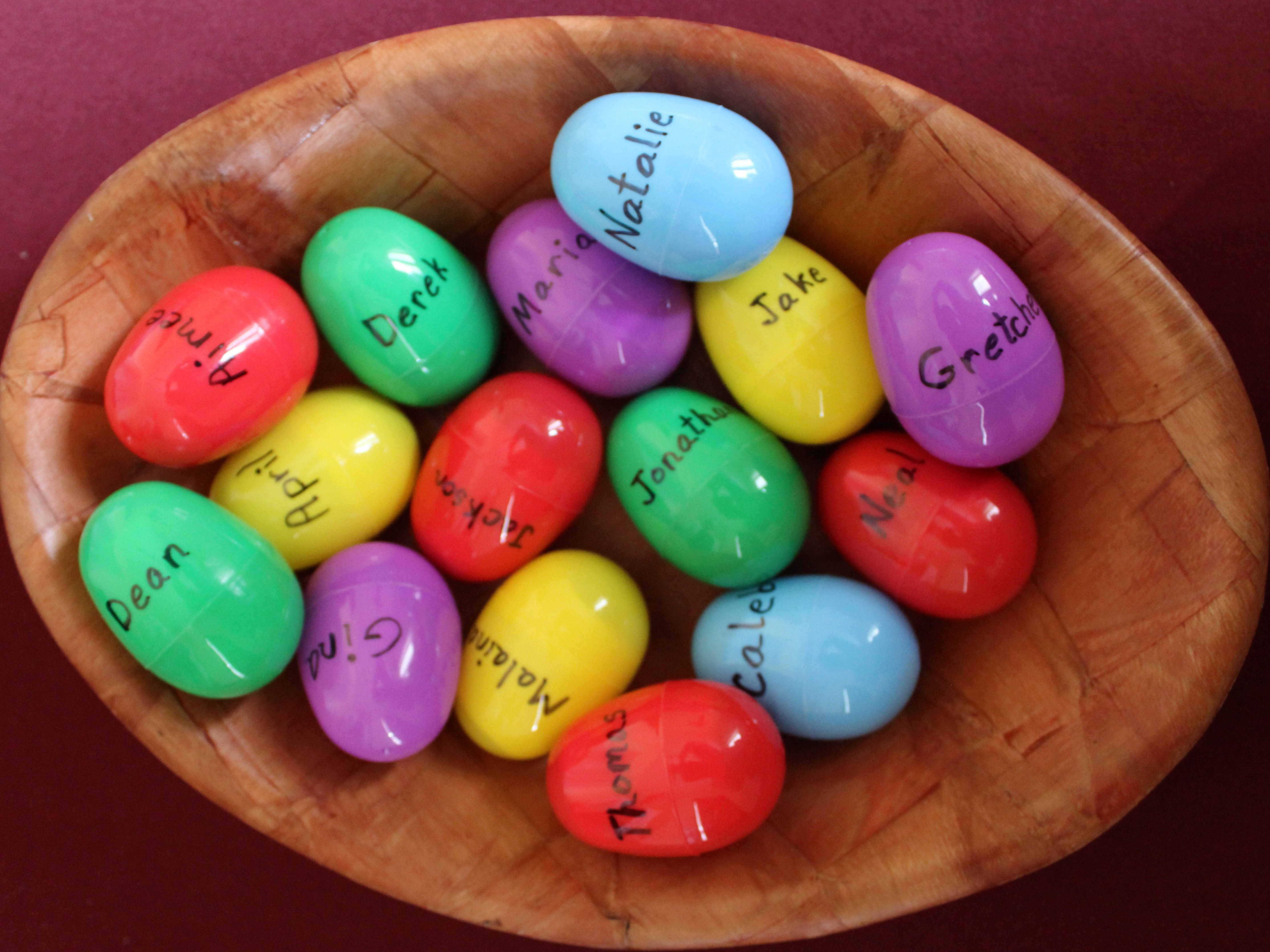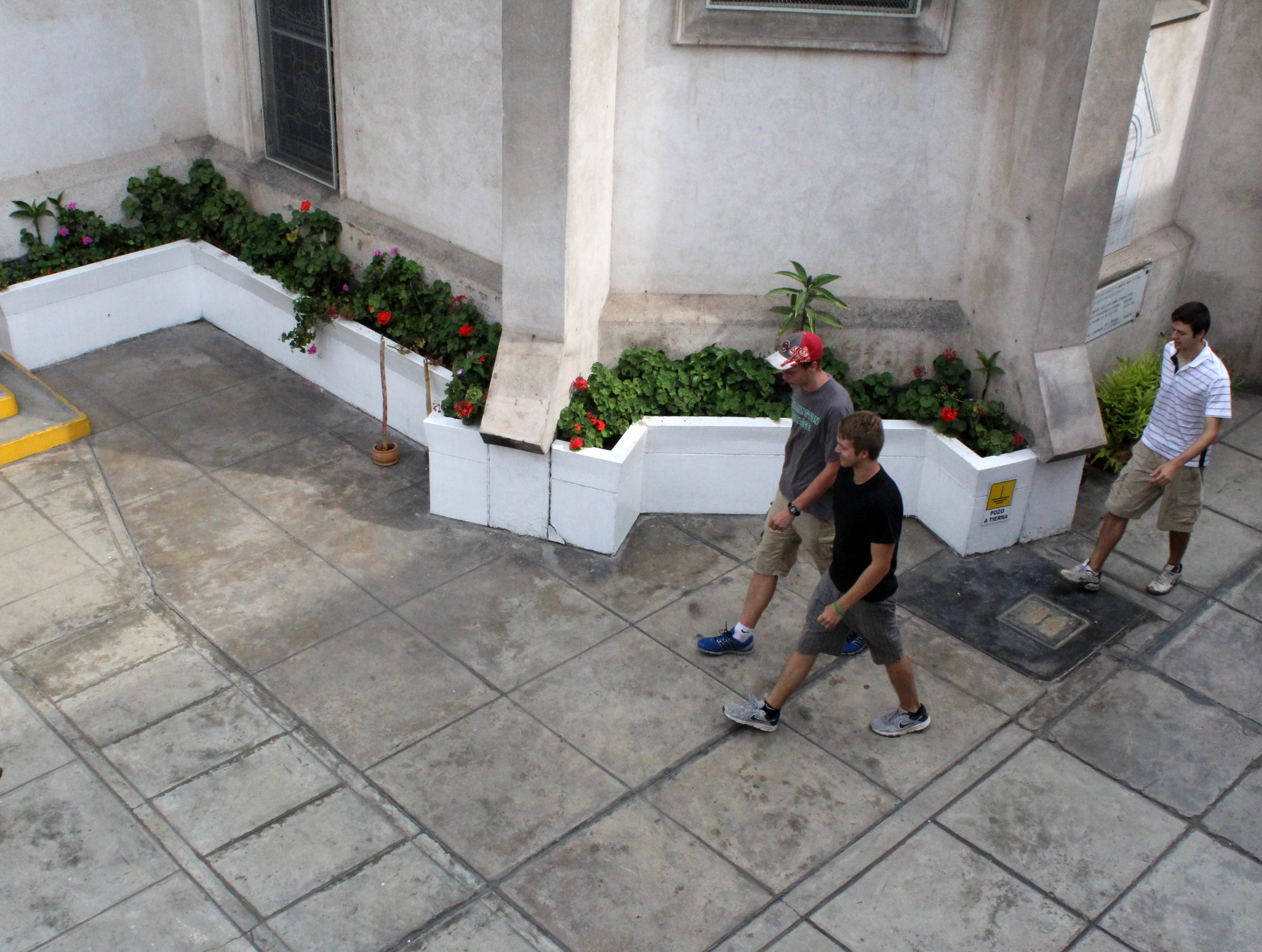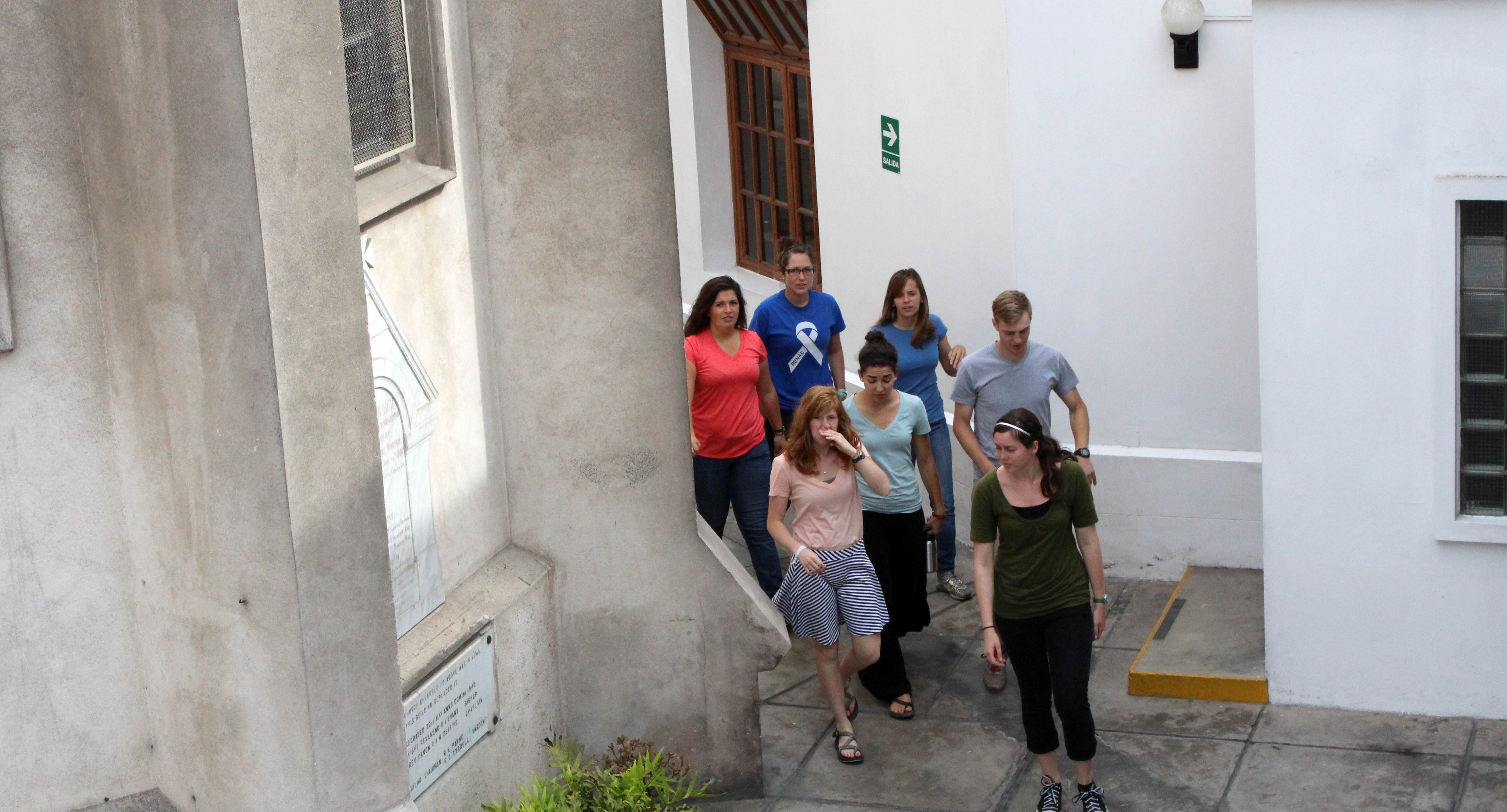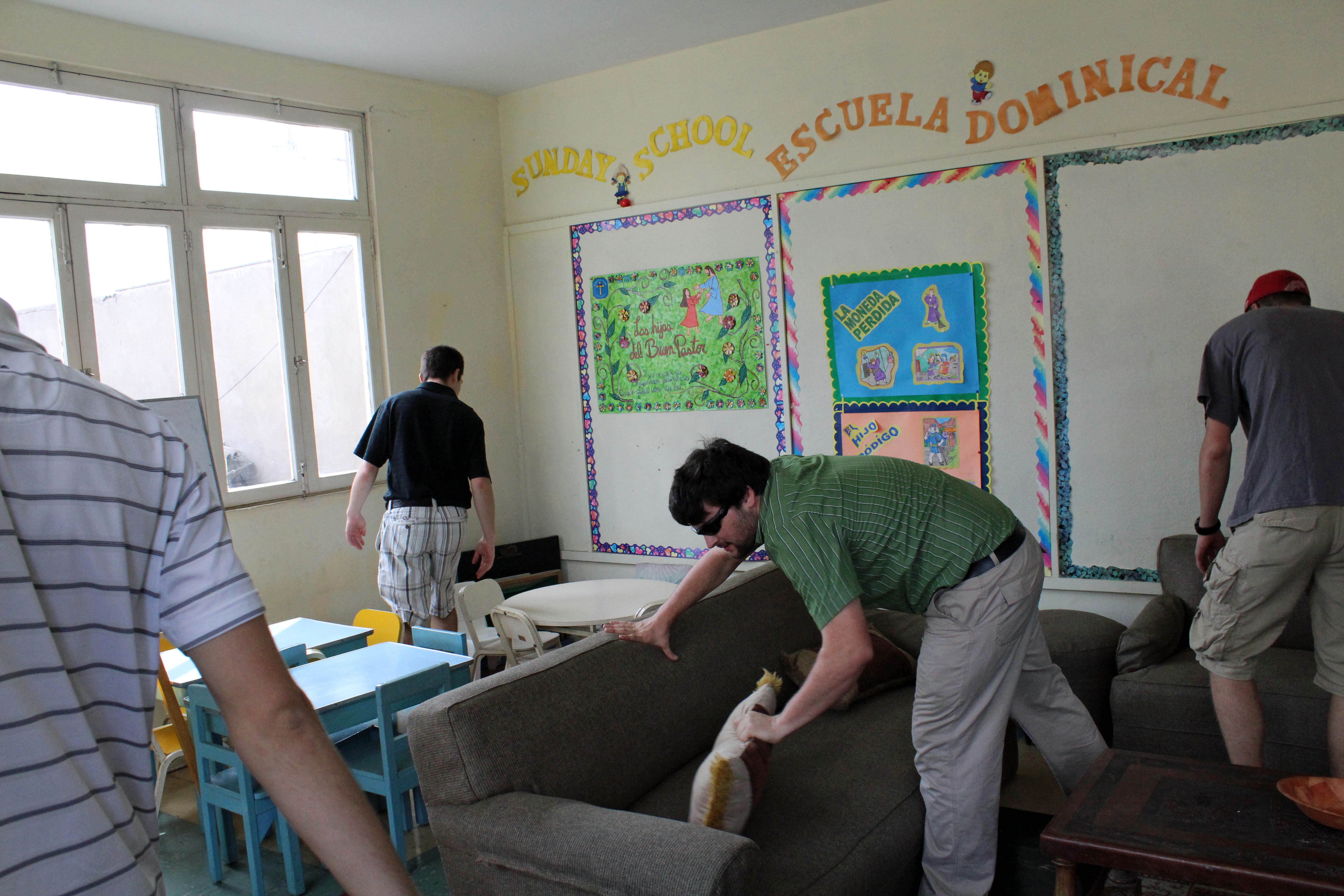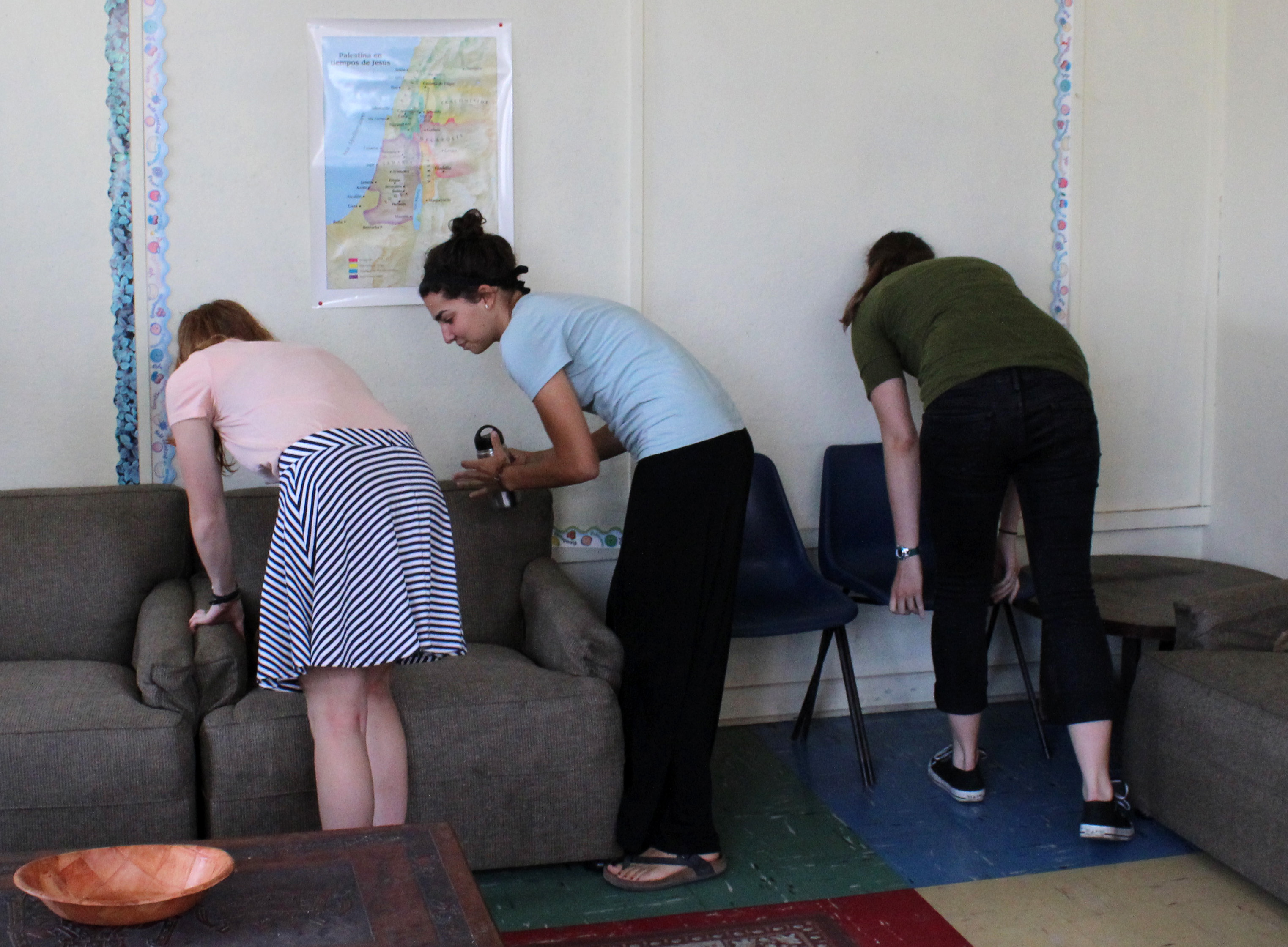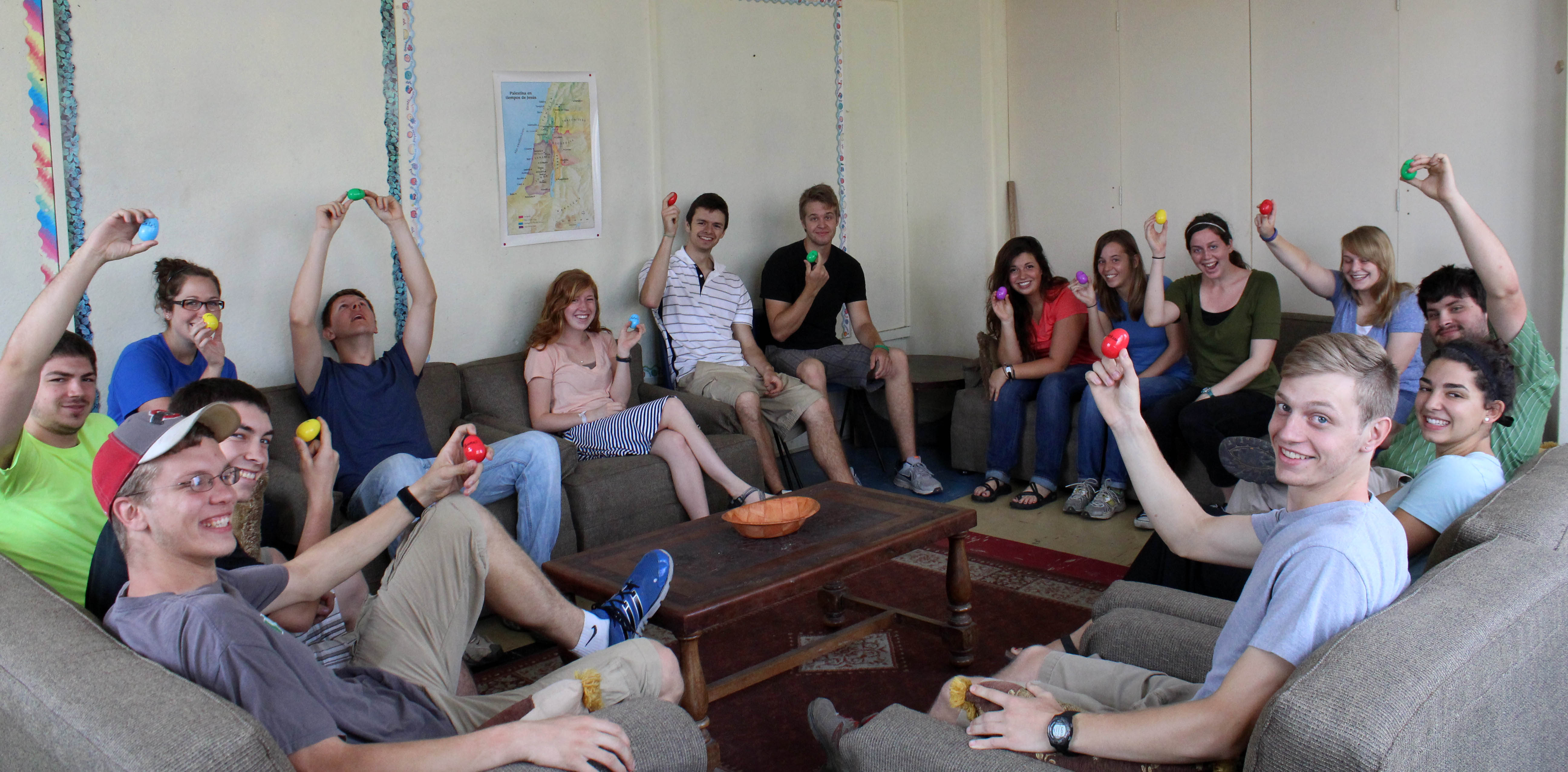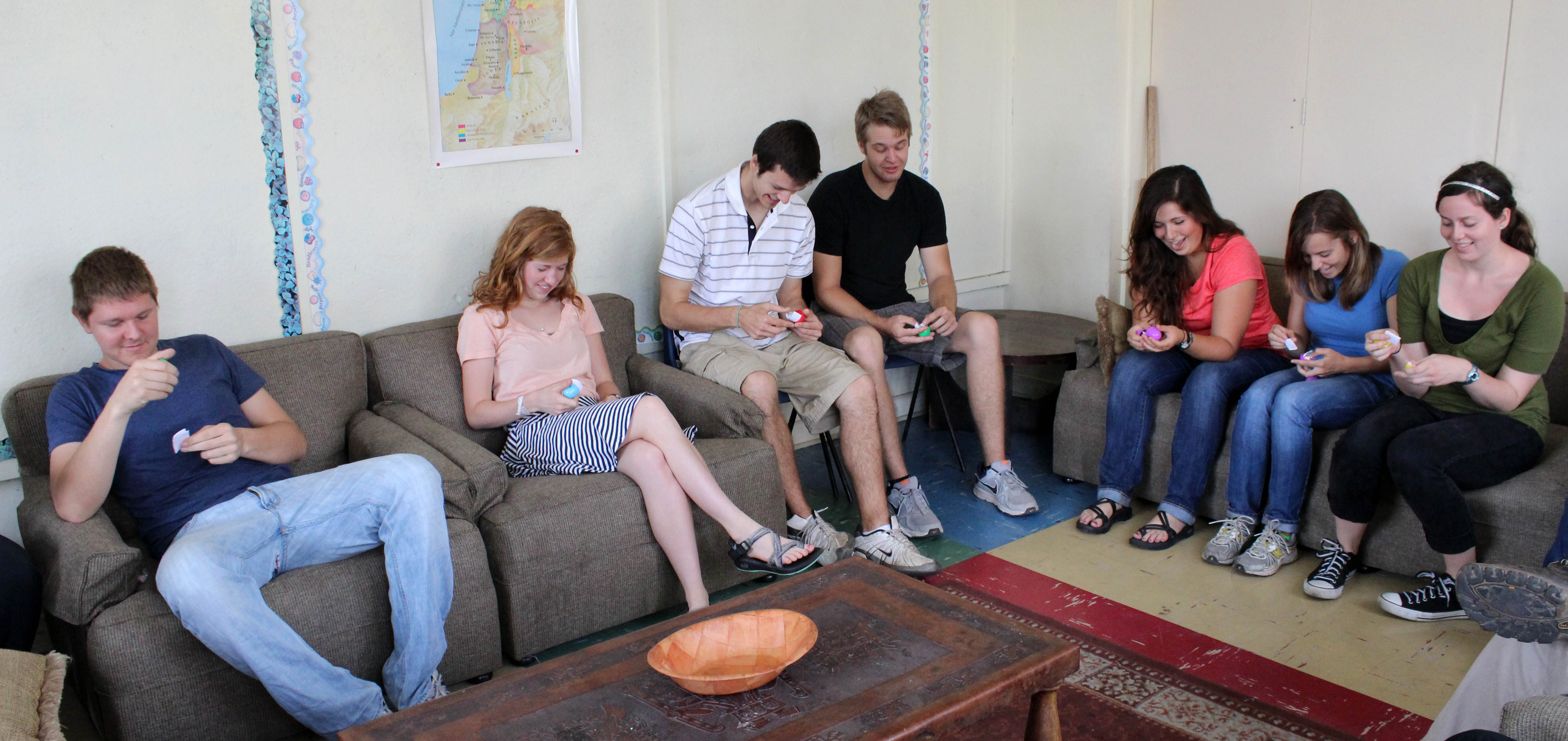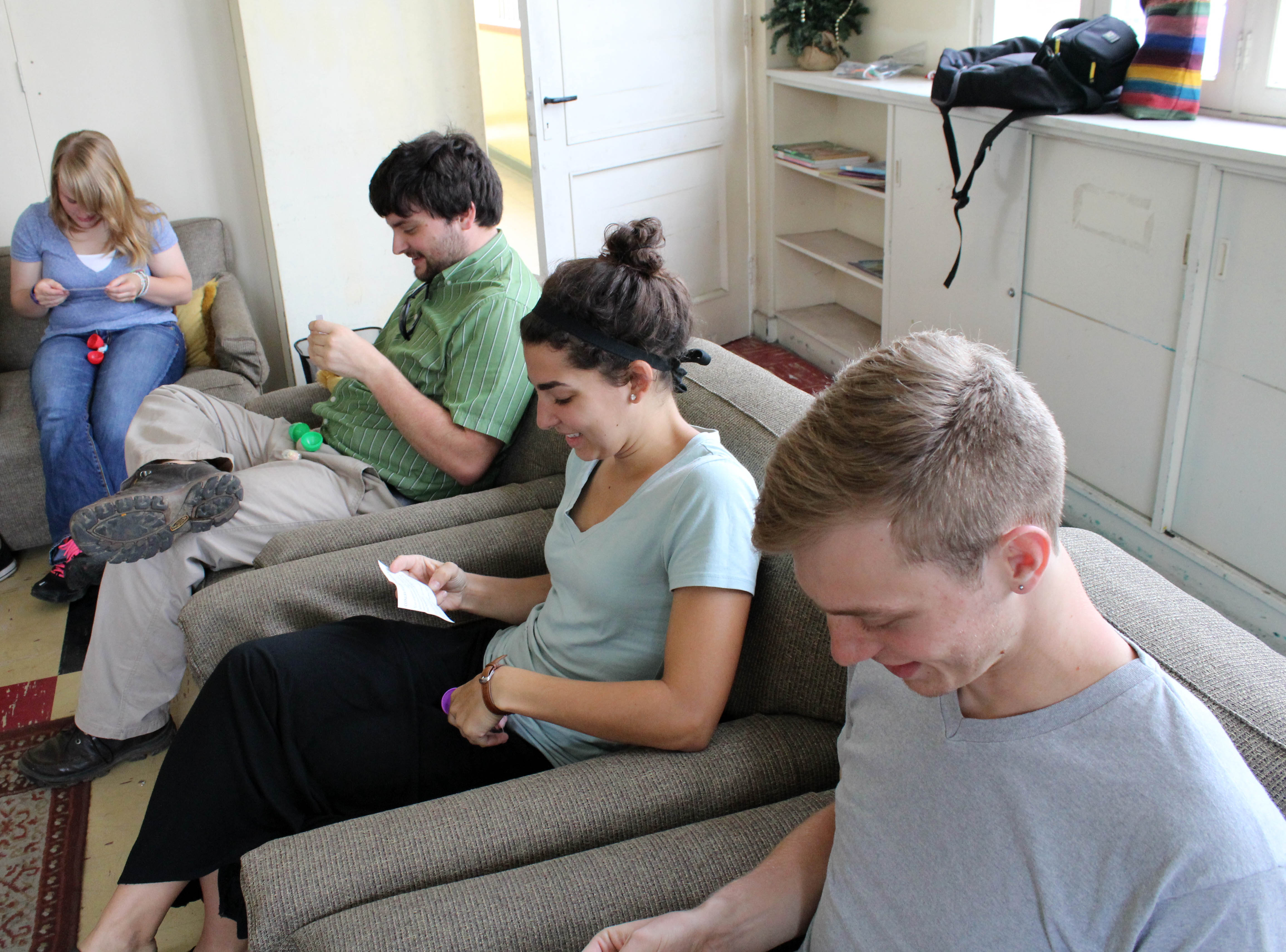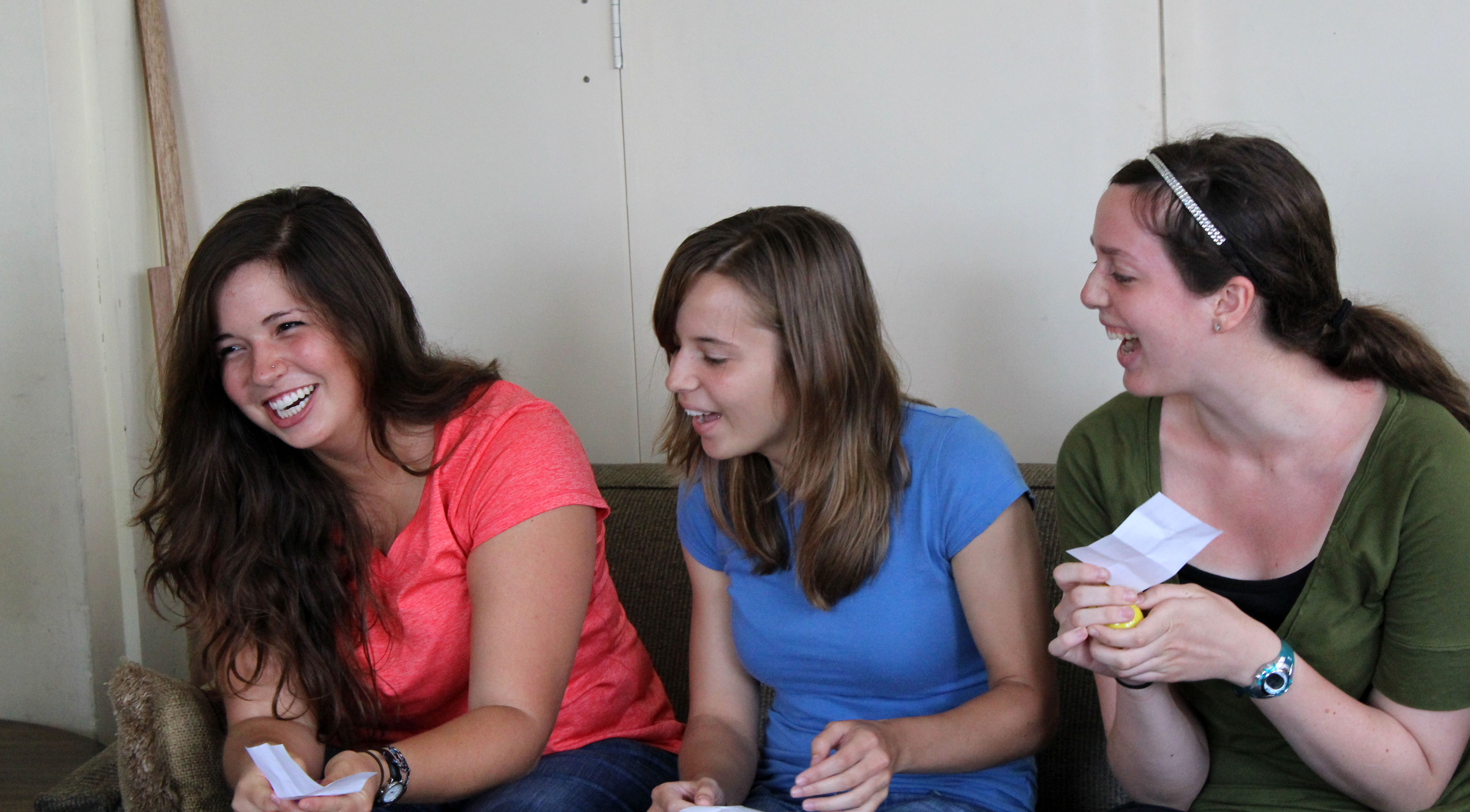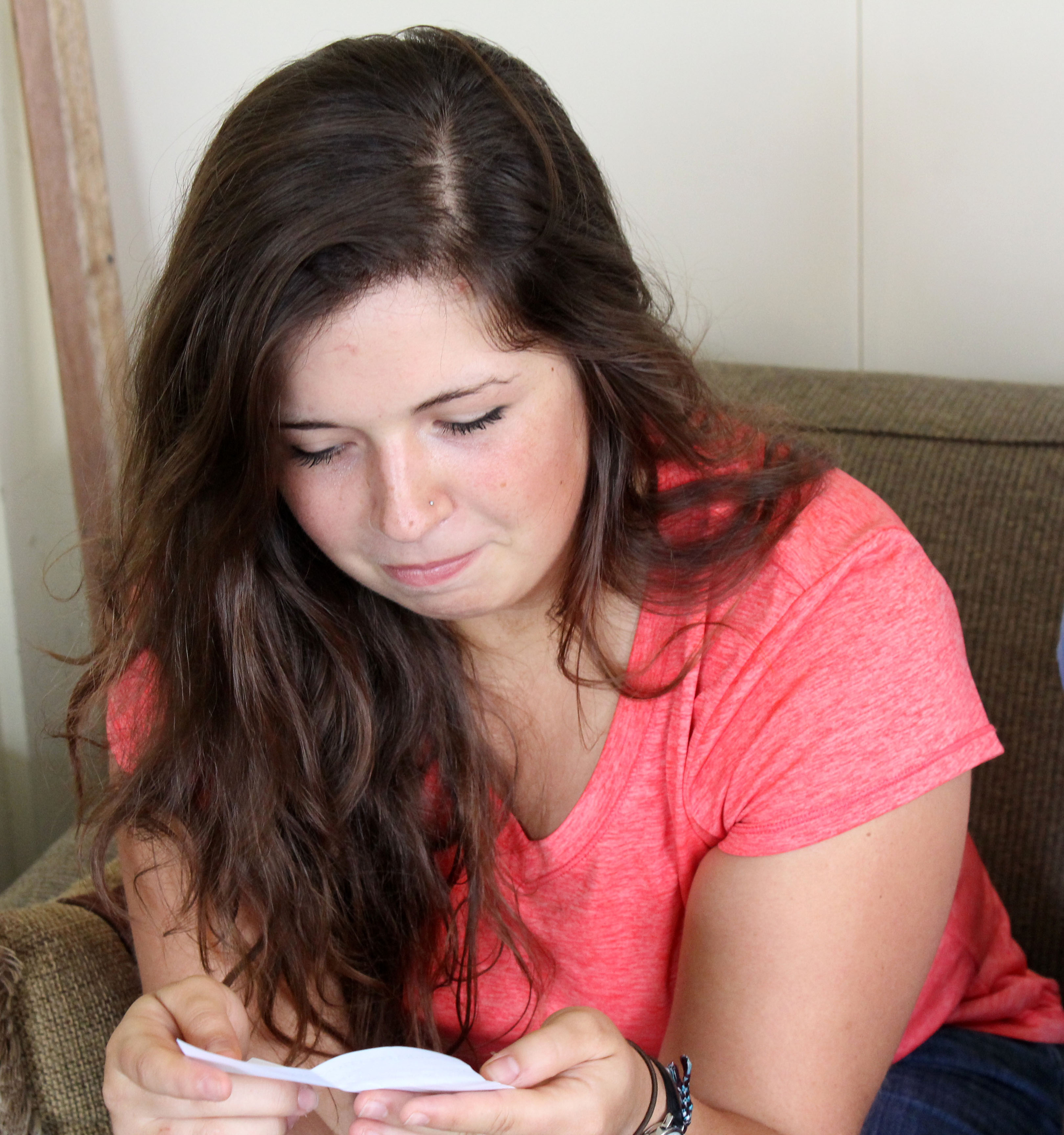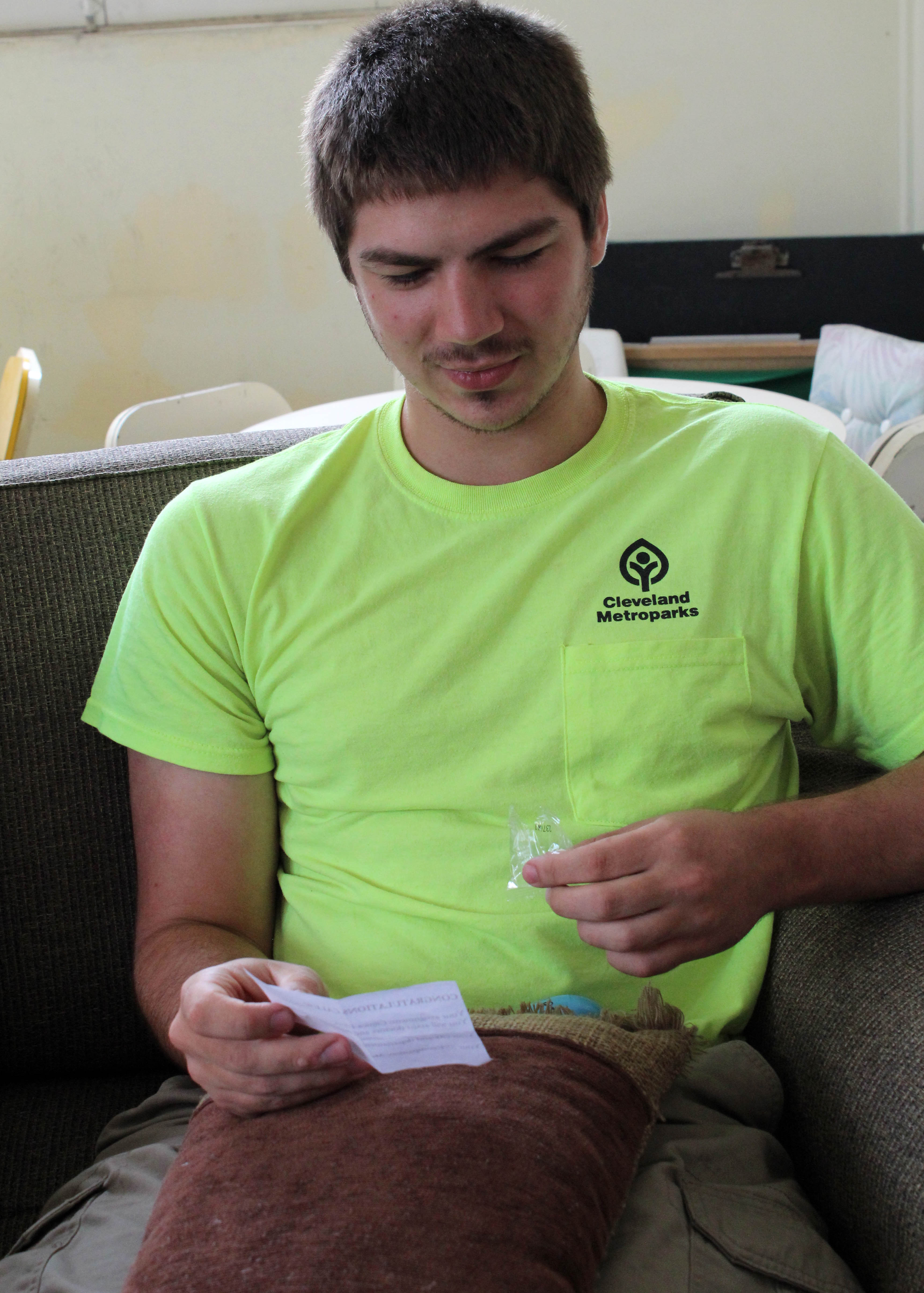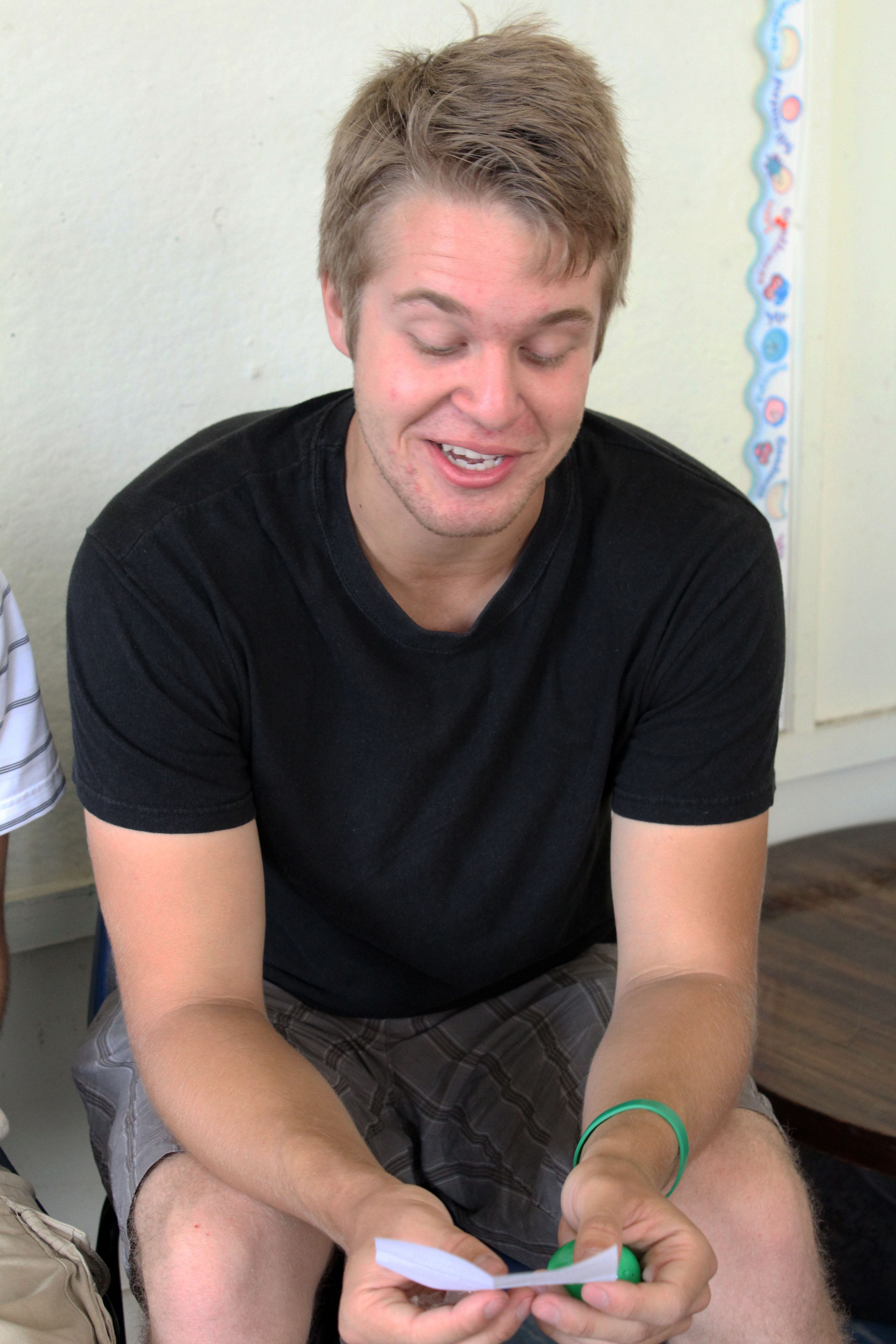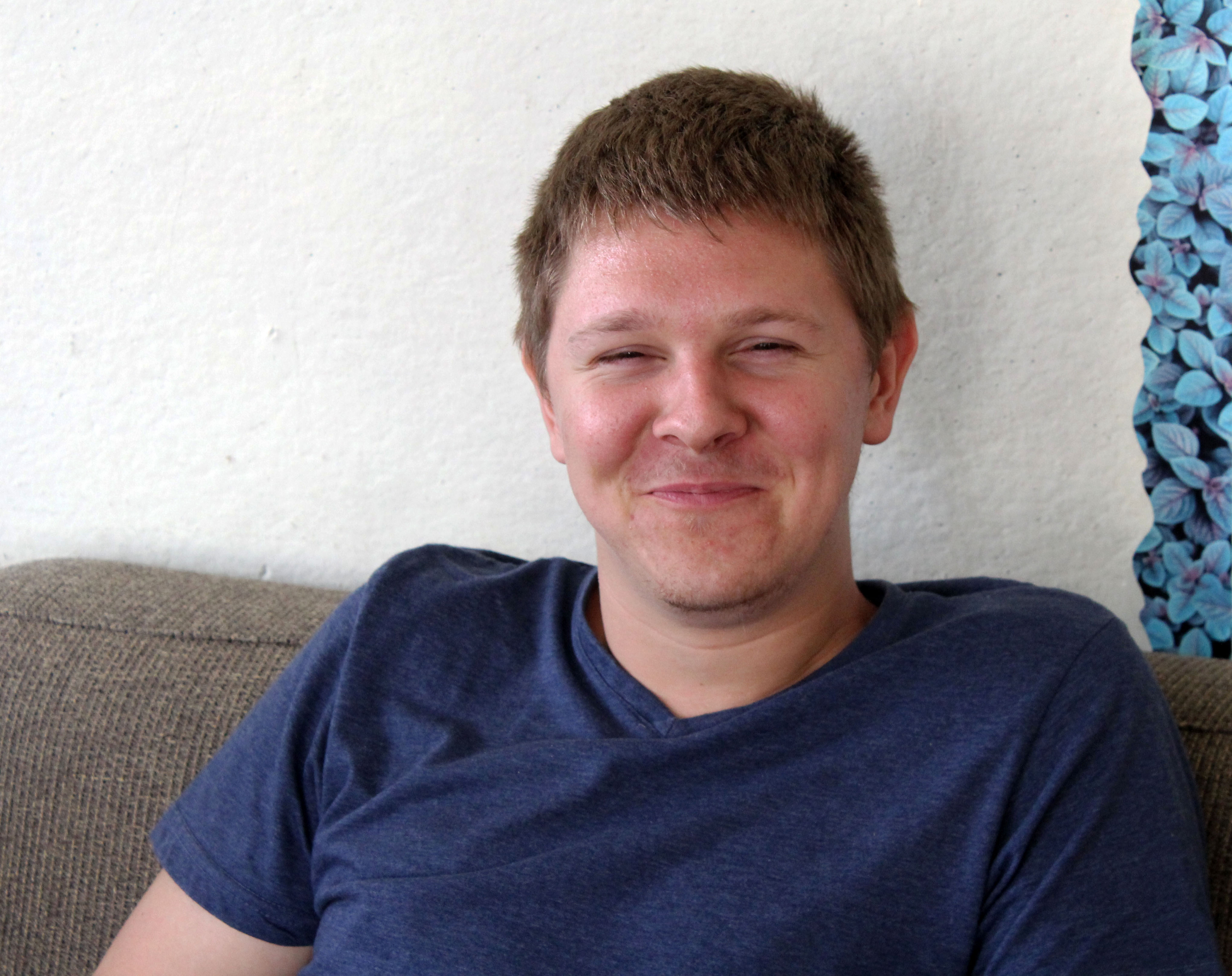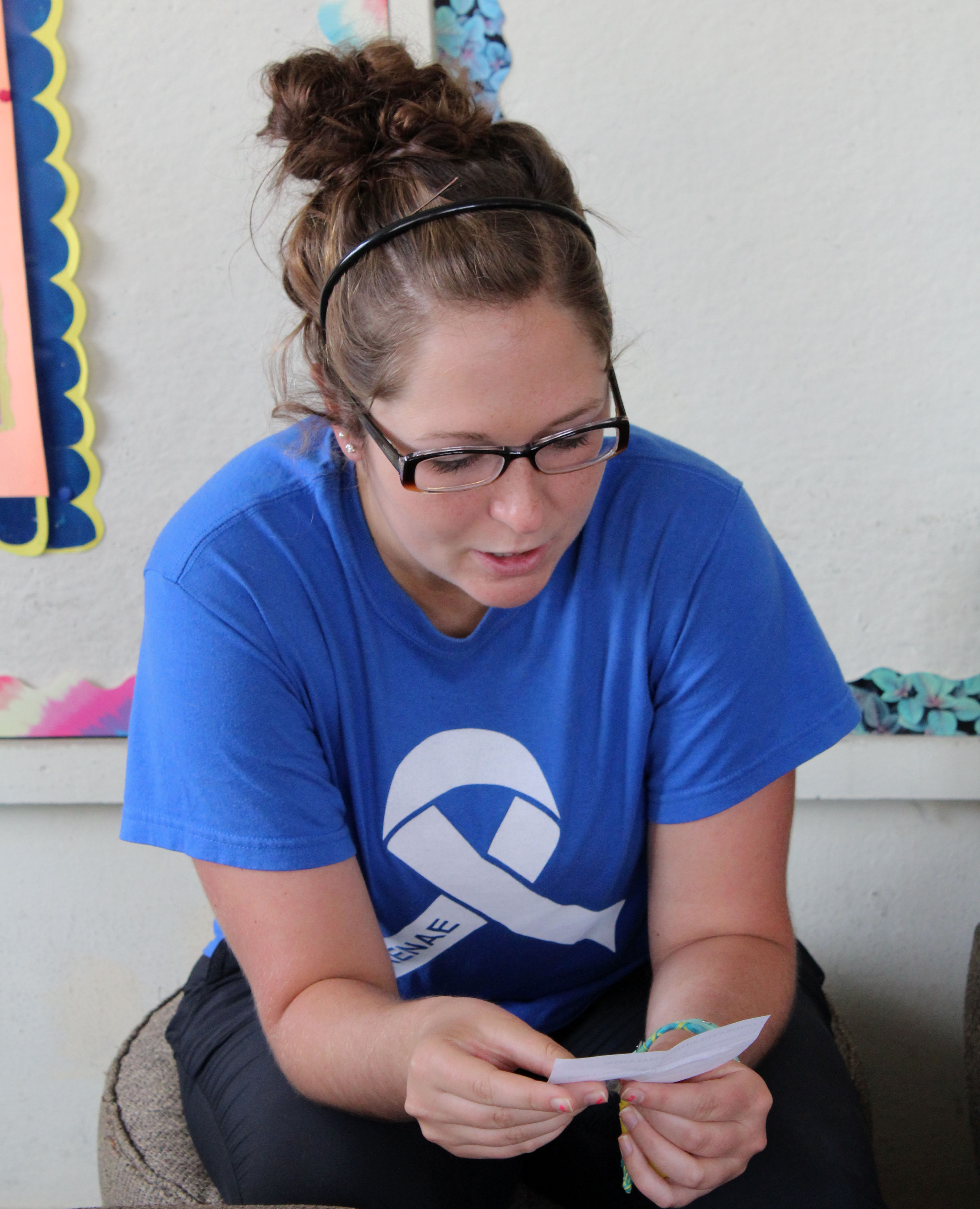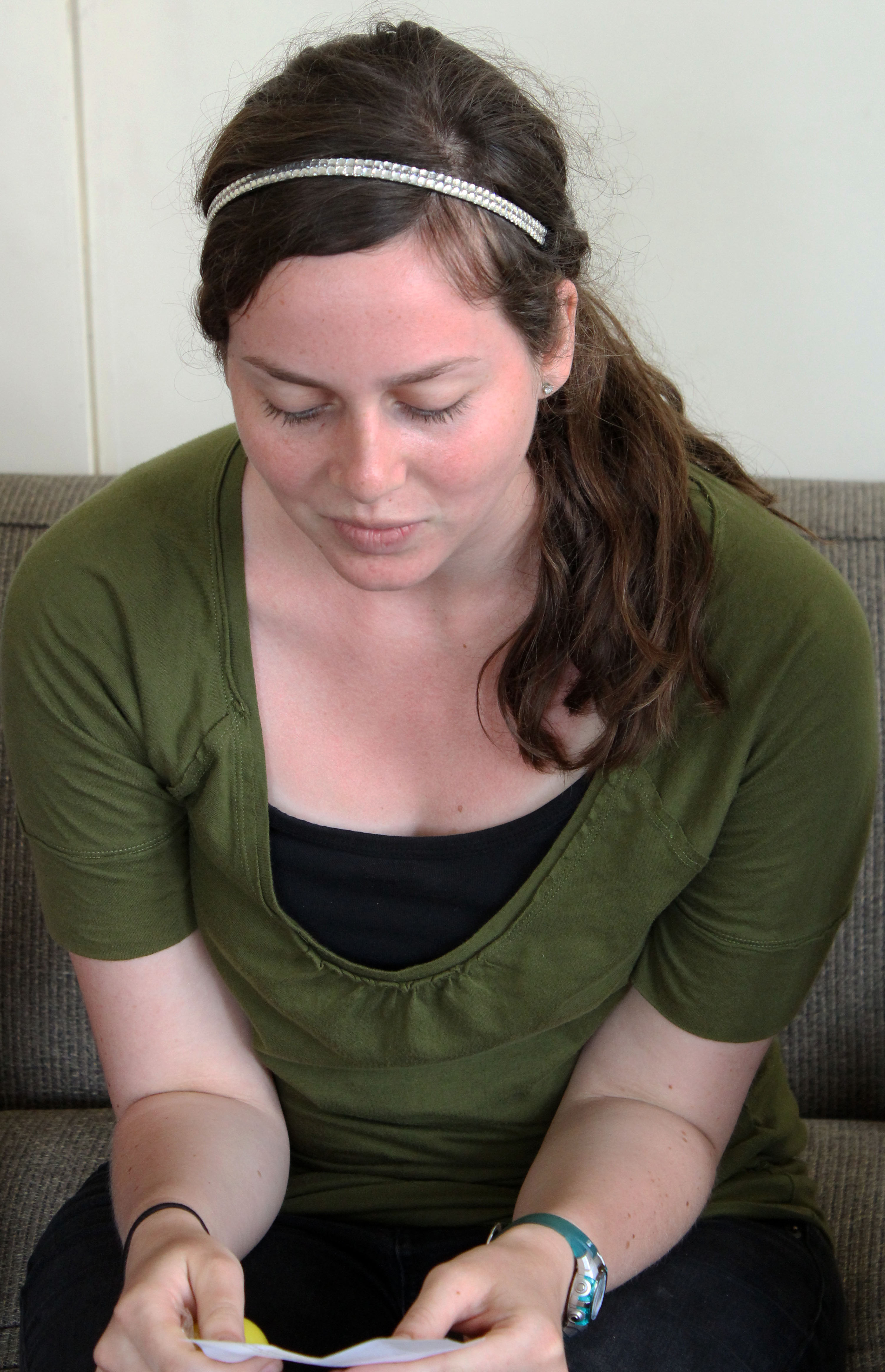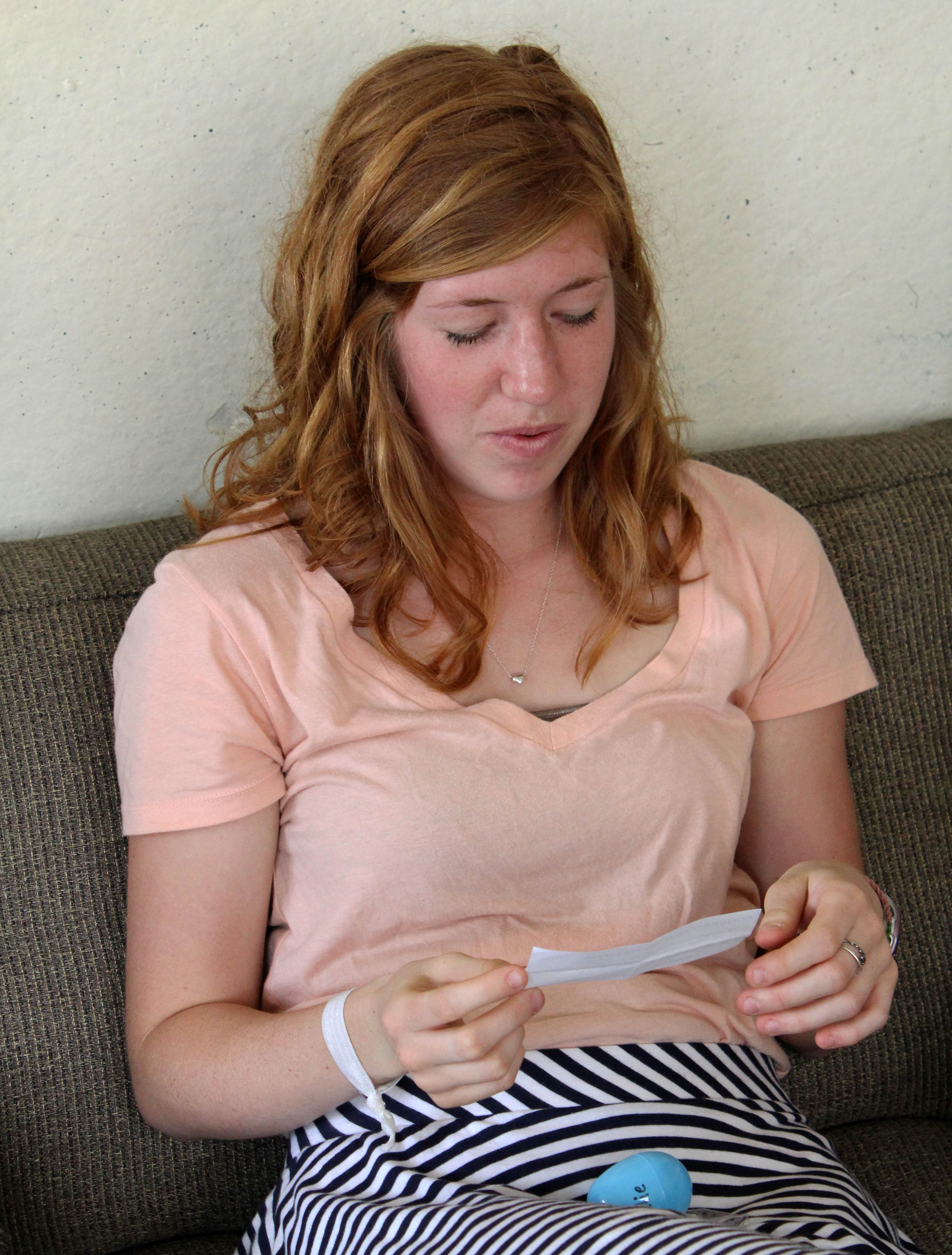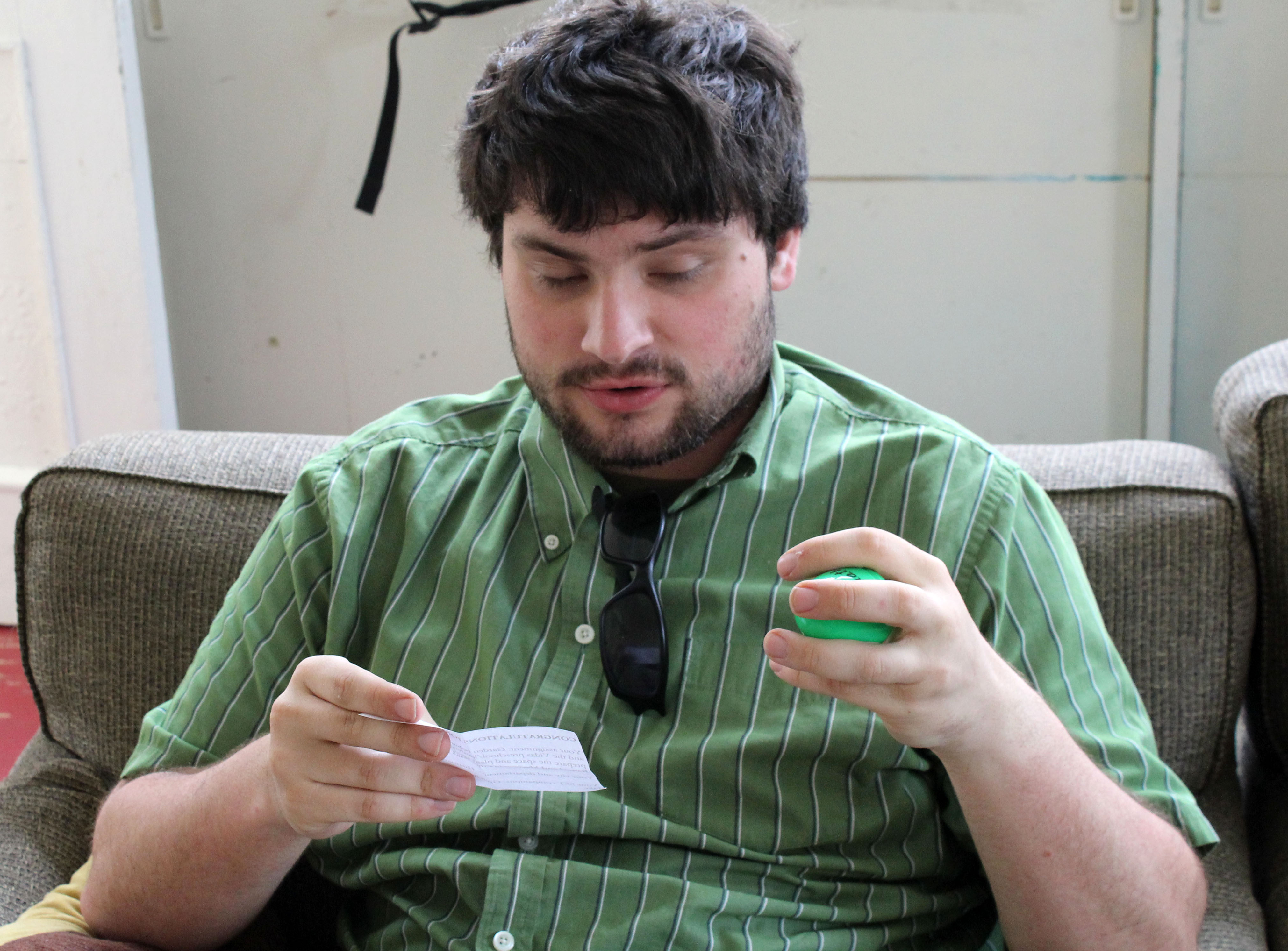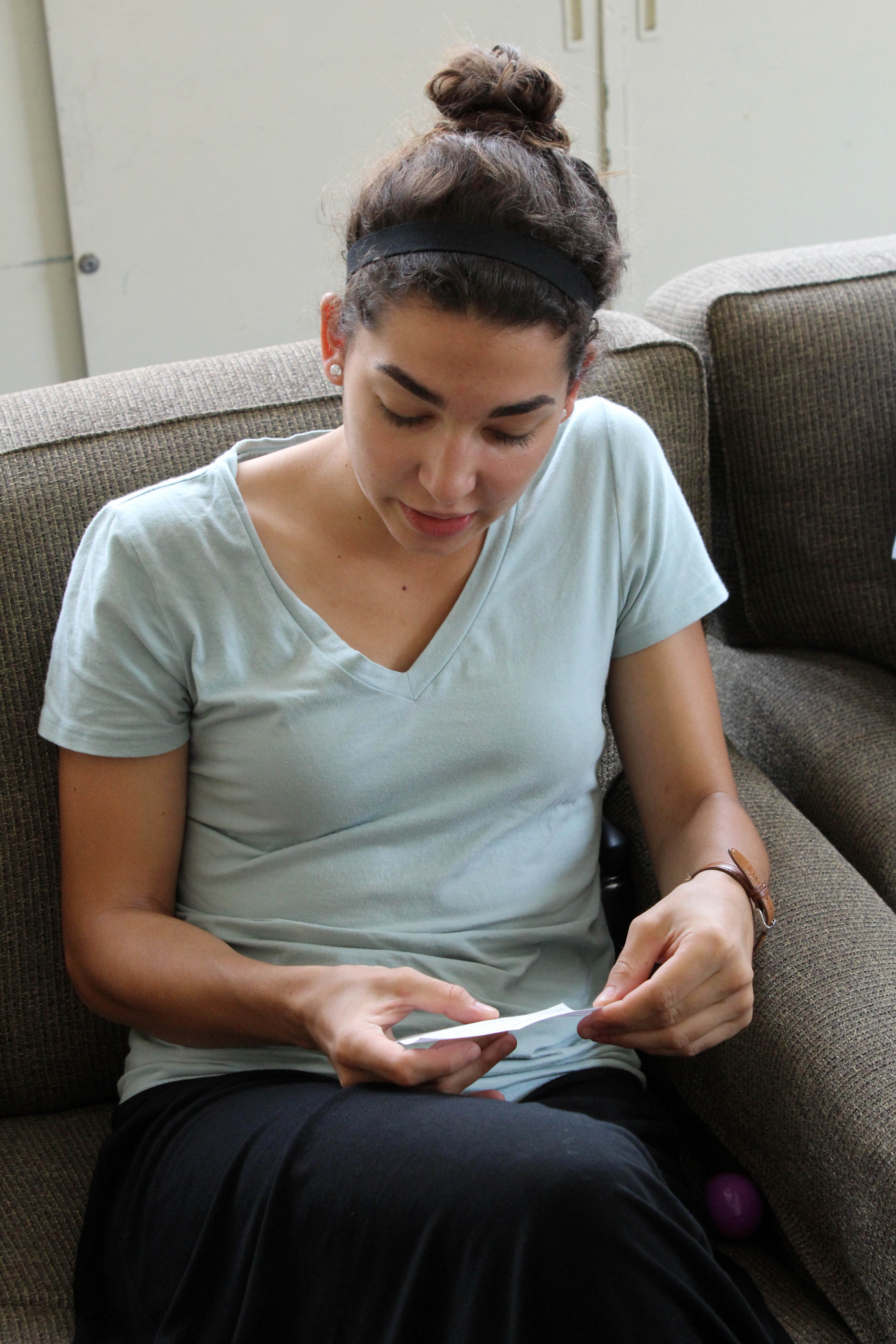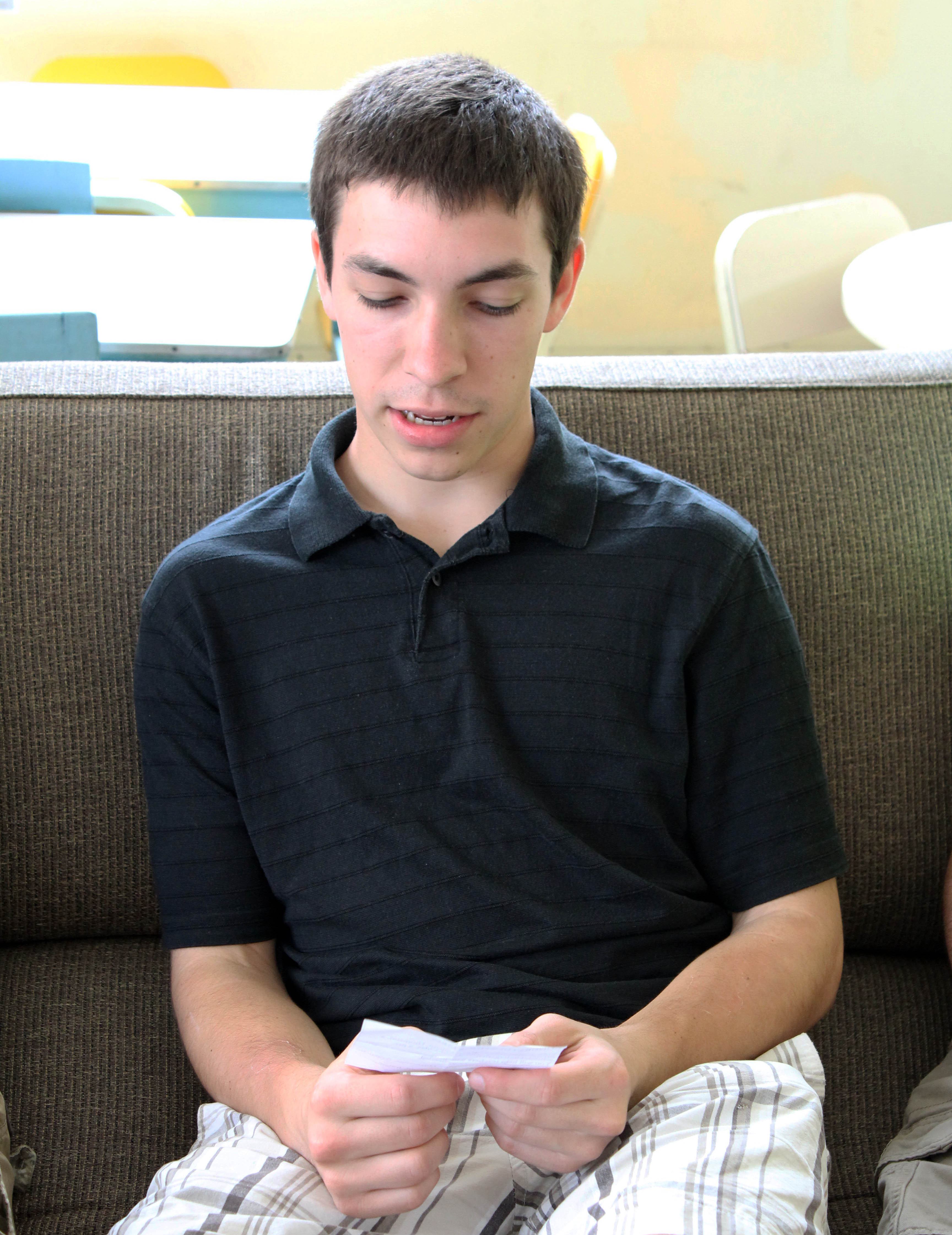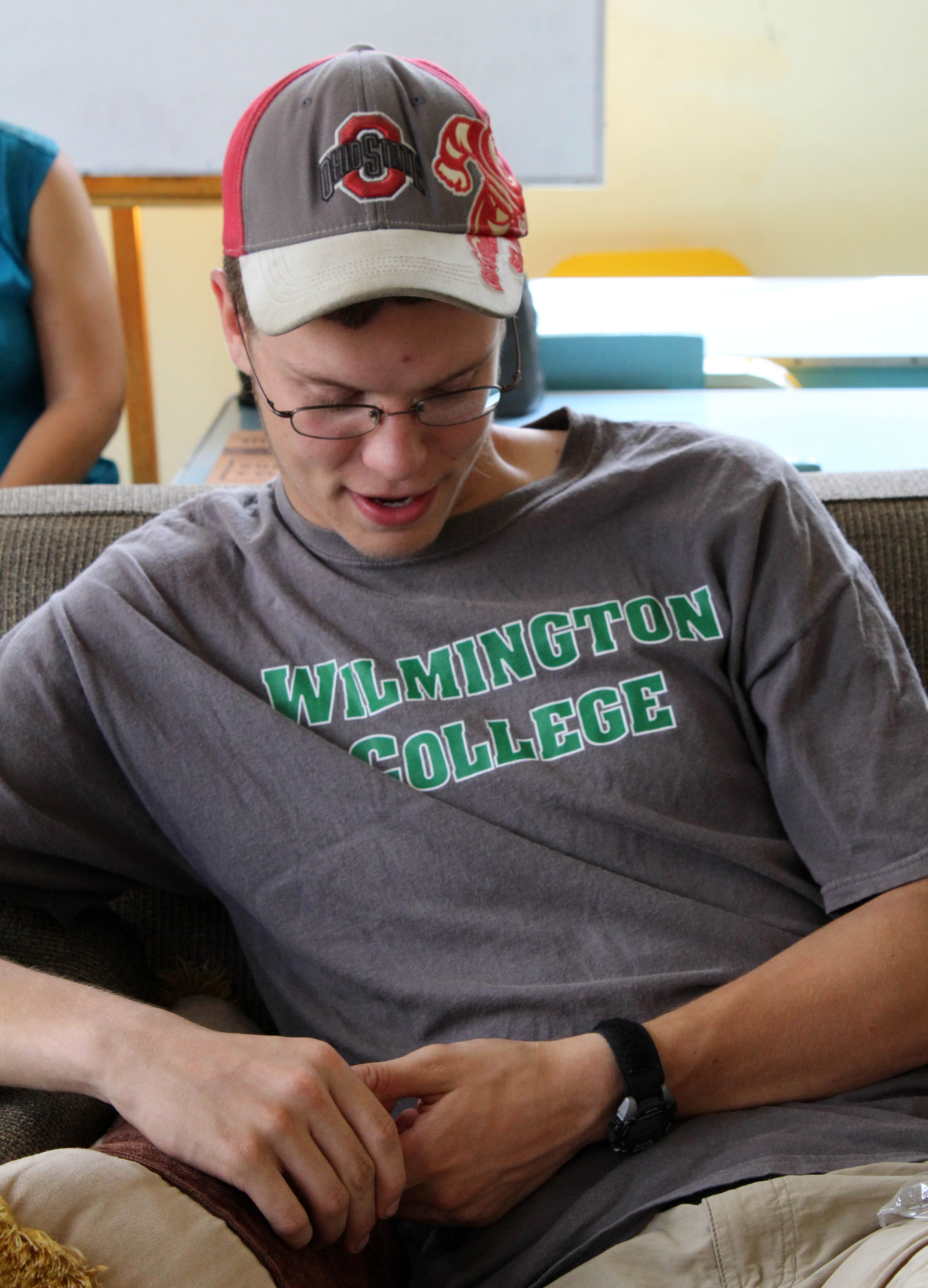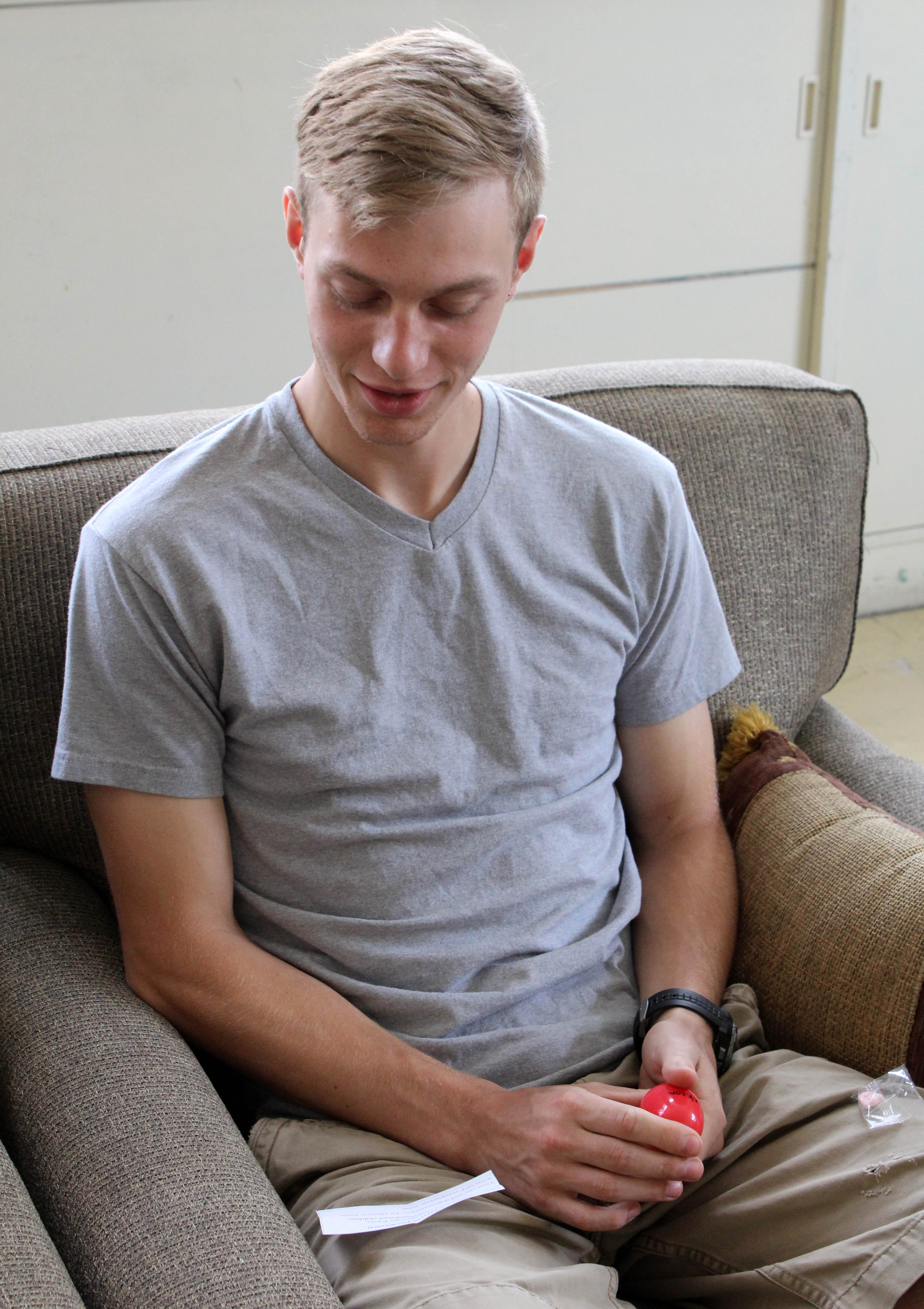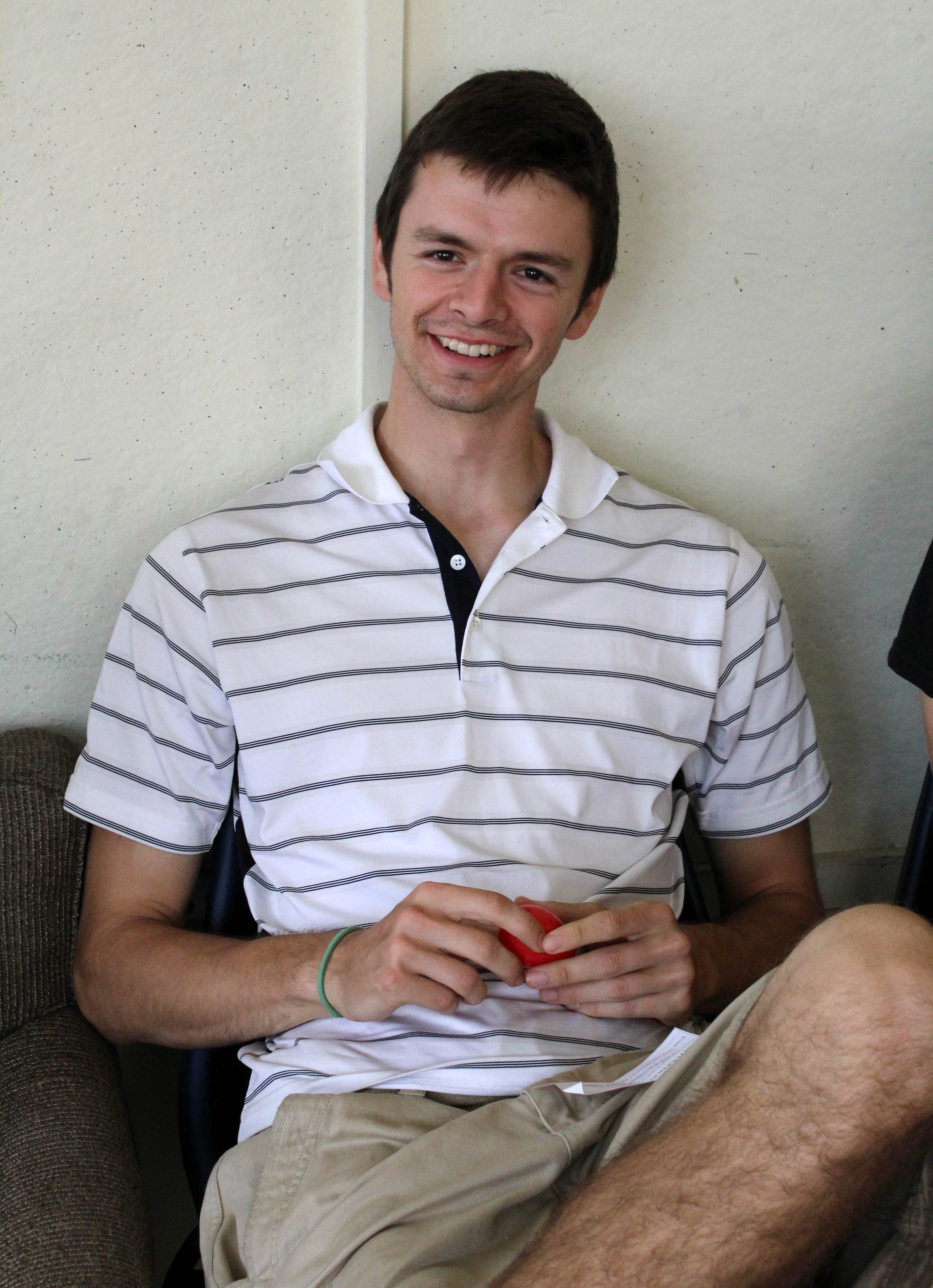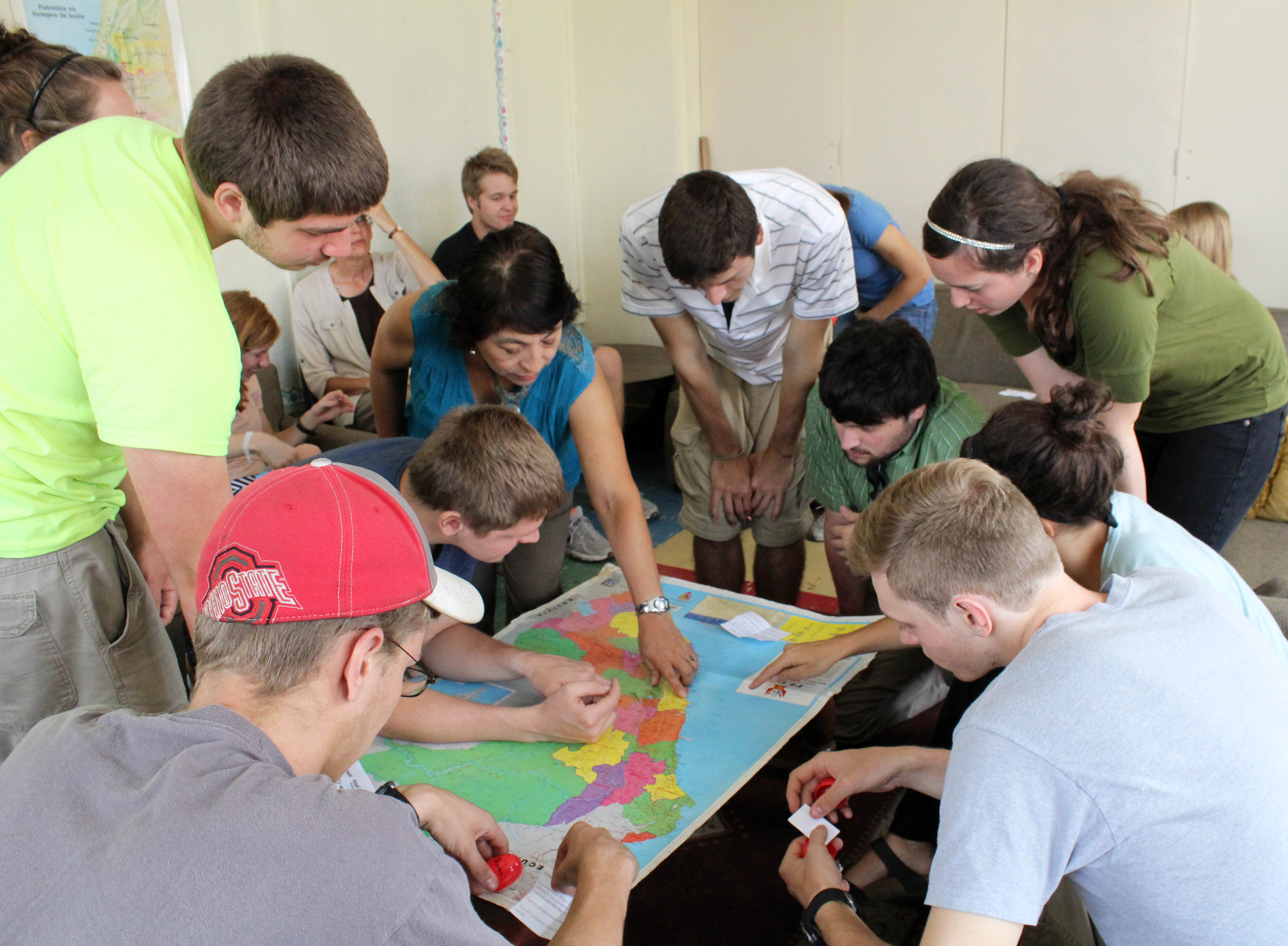Egg-citement: Students get their service assignments
After Goshen College students start to speak Spanish, adjust to their host families, learn how to navigate Lima’s chaotic bus system and start to enjoy living in Peru, they increasingly ask one question of their Study-Service Term leaders: “What’s my service assignment and where will it be?”
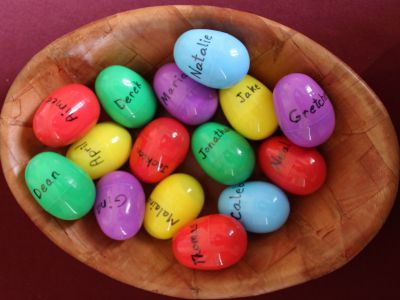
It’s a natural question because service is an essential component of SST and as important as classroom learning, language instruction and intercultural exploration. Service also can be the most challenging and rewarding part of the SST experience. Students get the opportunity to spend six week working for a worthwhile organization and living with a new host family – an experience that can transform lives and lead to new career paths. Just ask any of the more than 7,500 students who have learned and served in 24 countries, including Peru, on SST since 1968.
Still, answering the students’ persistent question can be difficult for SST leaders because of the many variables that influence service placements and locations. It’s important to find a job that will mesh with each student’s skills, experiences and interests. Students understand they will be pushed out of their comfort zones, but they also want to learn, be useful and not feel overwhelmed. They want to live in a place that will be comfortable and enjoyable as well as safe and neither too big nor too small. They want a supportive new host family. They also want to live in somewhat close proximity to other Goshen students they would enjoy being around for six weeks.
Despite those many considerations, weeks of uncertainty ended soon enough for students in the current Peru SST unit. One a recent morning, students were invited into a second-story meeting room at la Catedral del Buen Pastor (the Cathedral of the Good Shepherd), which is where class are held. Peru SST Co-Directors Judy Weaver and Richard R. Aguirre had earlier hidden 15 plastic Easter eggs in the room. Inside each egg: the student’s service assignment location and companions.
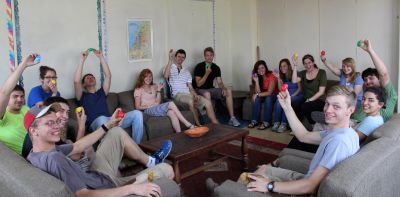
It didn’t take long for the students to sweep through the room and find all the precious Easter eggs. Afterward, students cracked open the plastic eggs and read their assignments, service locations and companions. They then shared the information with their classmates and found their service locations on a large map.
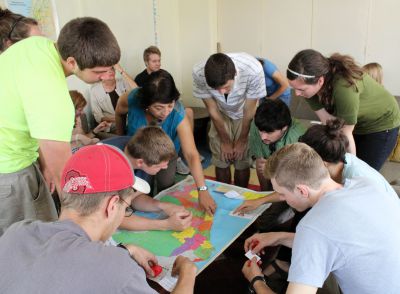
Most students seemed satisfied with the outcome and a few seemed thrilled. All, however, were greatly relieved that their wait for news about the next stage of their lives was finally over.
